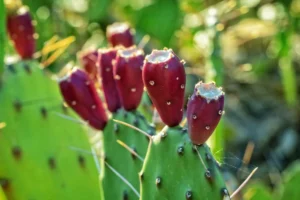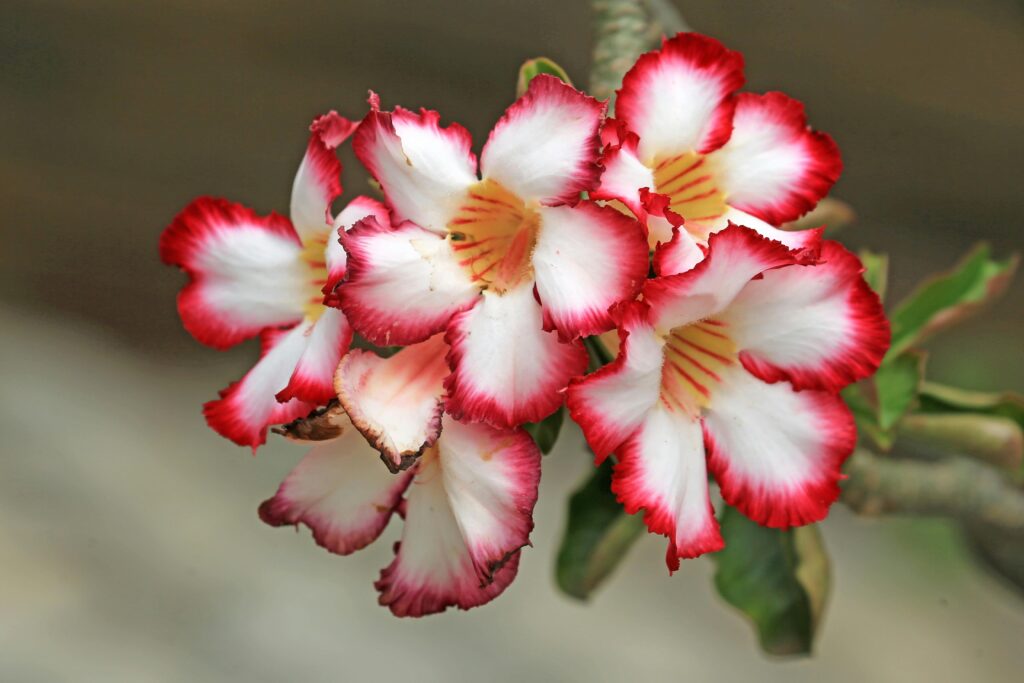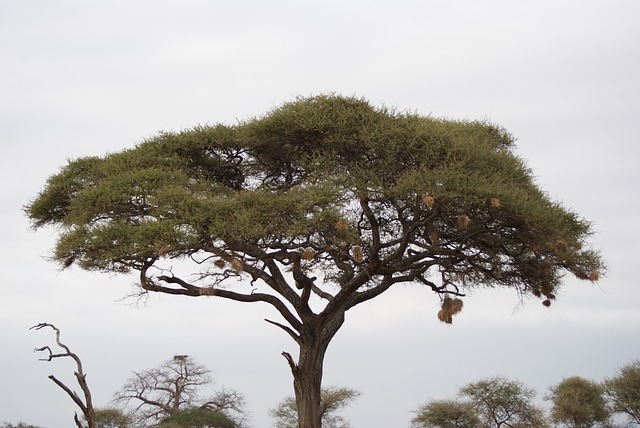The deserts of Israel are known for their dry, harsh landscapes. But despite the challenging environment, these deserts are home to a surprising variety of plant life. How do these plants manage to survive—and even thrive—where water is so scarce? Let’s explore the fascinating world of Israel’s desert flora.
The Challenge of Desert Living
Desert plants face extreme conditions that would be impossible for most other plants to endure. With temperatures soaring during the day, plummeting at night, and very little rainfall, survival requires special adaptations.
One key to survival in these conditions is water conservation. Desert plants have evolved in incredible ways to make the most of the limited water available. Let’s look at a few examples.
The Resilient Sabra Cactus
The Sabra cactus is one of the most iconic plants in Israel’s desert. Known for its tough, spiny exterior and juicy interior, the Sabra cactus has become a symbol of the Israeli spirit—strong and resilient on the outside, but sweet and tender on the inside.
This cactus thrives by storing water in its thick, fleshy pads. During rare rainfalls, it absorbs as much water as possible, holding onto it to survive the long, dry periods. Its spines not only protect it from animals but also help reduce water loss by shading the plant and breaking up the wind that can dry it out.

The Tenacious Desert Rose
The Desert Rose, also known as Adenium, is another remarkable plant found in Israel’s desert regions. This plant is well-adapted to the desert environment, with a thick, swollen trunk that stores water, allowing it to survive long periods of drought.
The Desert Rose also has small leaves that reduce water loss, and its bright, beautiful flowers attract pollinators, ensuring the plant’s survival and reproduction even in tough conditions. The plant’s ability to bloom in such an unforgiving environment is a testament to nature’s resilience.

The Clever Acacia Tree
The Acacia tree is one of the most important plants in the Negev Desert. It’s not only a source of shade and shelter for animals but also plays a vital role in the ecosystem by fixing nitrogen in the soil, which helps other plants grow.
Acacia trees have deep roots that can reach underground water sources, allowing them to survive where other plants cannot. These roots can extend for meters underground, tapping into water supplies that are hidden far below the surface. Additionally, the tree’s small, waxy leaves help conserve water by reducing evaporation.

Learning from Nature’s Survivors
Israel’s desert plants have much to teach us about survival in extreme conditions. Their ability to adapt and thrive in such a harsh environment is a reminder of the resilience of nature and the importance of conservation.
In a world facing climate change and increasing water scarcity, these plants offer valuable lessons in resourcefulness and sustainability. By studying how these plants manage to live with so little water, scientists and environmentalists can develop new strategies for agriculture and water conservation in arid regions around the world.
Protecting Israel’s Desert Flora
While these plants are incredibly resilient, they still face threats from human activities, such as development and agriculture, which can disrupt their fragile ecosystems. Protecting these unique species is crucial to preserving the biodiversity of Israel’s deserts and ensuring that these plants continue to thrive for generations to come.
Israel’s desert plants are true survivors, each with its own unique strategies for overcoming the challenges of life in one of the harshest climates on Earth. Their stories of adaptation and resilience inspire us to appreciate the incredible diversity of life on our planet and remind us of the importance of protecting our natural world.







